LATEST WHITEPAPER
The Science Behind Skin Microbiome in Health and Disease
Are you a skincare innovator or researcher eager to lead the charge in cutting-edge dermatological science? At Labskin, we’ve delved deep into the complexities of the skin microbiome to help you understand its impact on health, disease, and skincare advancements.
Discover why the skin microbiome is reshaping the skincare industry and how you can harness this knowledge to develop products that truly make a difference.
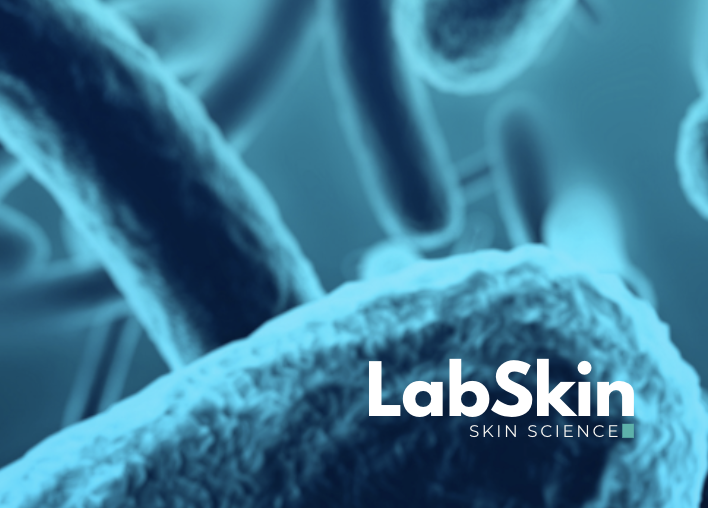
LATEST NEWS
BBC Feature: Investigating Adult Acne
As one of the leading companies in the field of skin testing, Labskin Ltd was recently contacted by the BBC to assist them with a feature they wanted to do on adult acne.
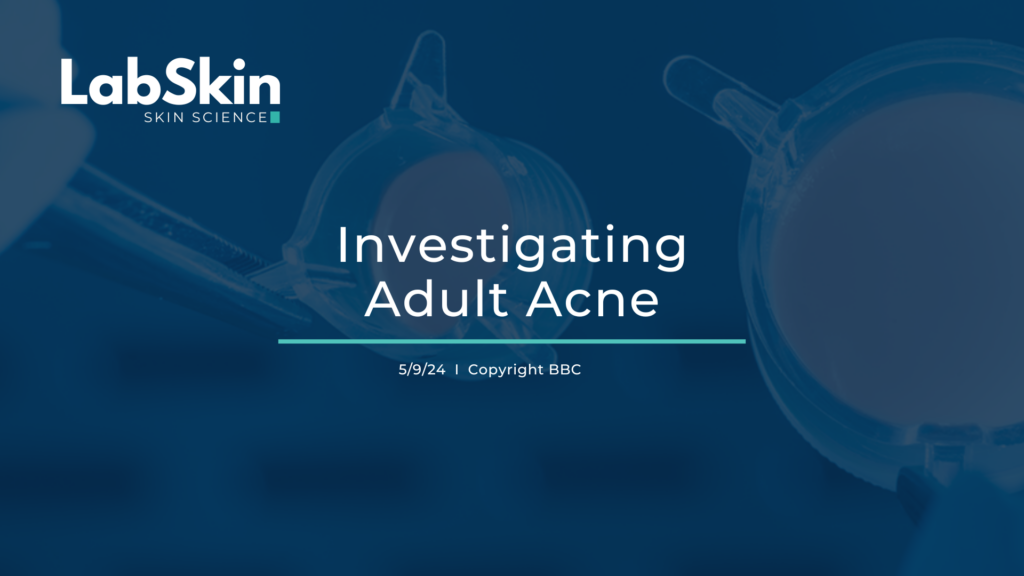
LATEST BLOG
Top 10 Problems Skin Researchers Face
From ethical concerns to the complexities of replicating human skin conditions, researchers are constantly searching for innovative, reliable, and ethical solutions. Here we explore the top 10 challenges faced by skin researchers and how Labskin can provide the answers.
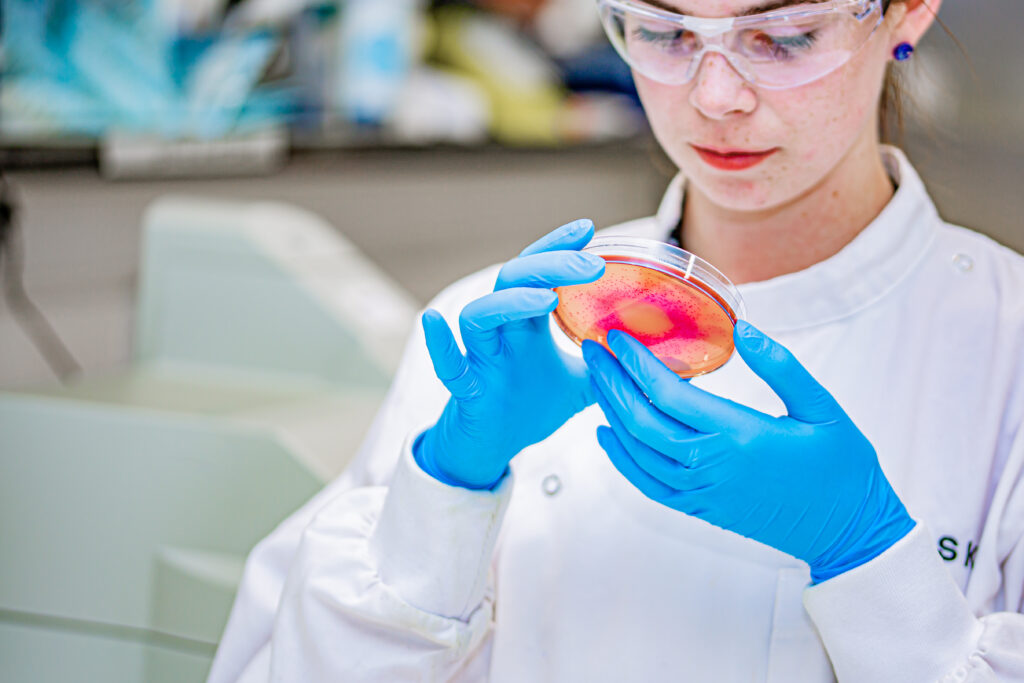
LATEST RESEARCH
White Papers
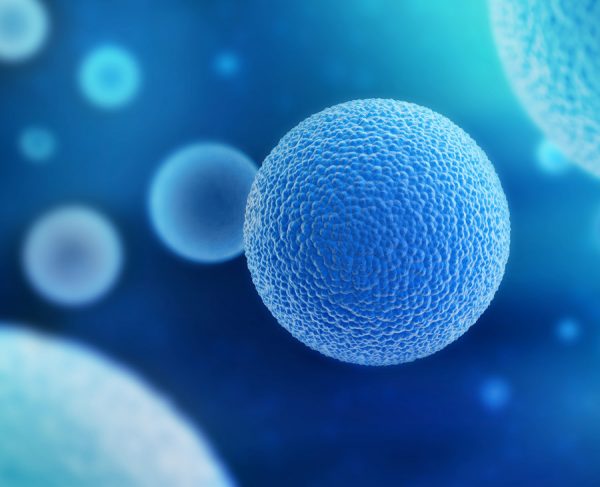
AN INTRODUCTION TO THE SCALP MICROBIOME
Analysis of the scalp microbiome and the microbiota that colonise this ecosystem is growing rapidly.
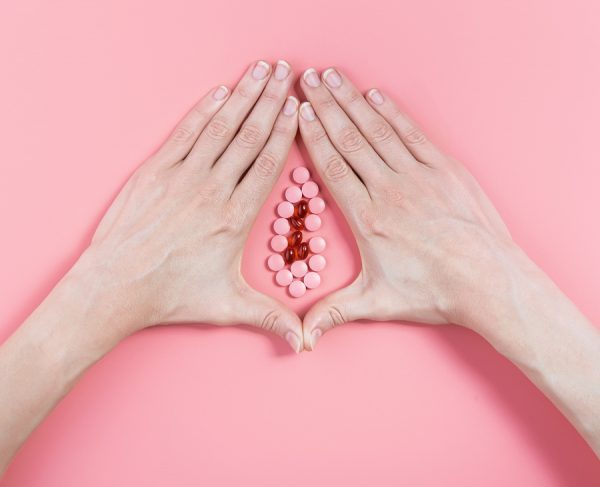
AN INTRODUCTION TO THE VAGINAL MICROBIOME
Research into the vaginal microbiome and how it affects the overall health of women has accelerated over the last decade.
POSTERS
Colonisation of a 3D Skin Model
2018 L’Occitane 3D Skin Model Complete Microbiota is more beneficial to skin barrier than Staphylococcus Epidermidis Alone
Drug Absorption in Living Skin
2017 Detection of drug absorption in living skin equivalent models by using MALDI-MSI
Non-invasive biodosimetry: space applications of skin swabs-based omics.
2017 Proteomics and Substrate Based MS Imaging of Xenobiotic Metabolising Enzymes in ex Vivo Human Skin and a Human Living Skin Equivalent Model
2015 MALDI-MSI for the analysis of a 3D tissue-engineered psoriatic skin model
2013 In vitro screening of a human skin equivalent model
Published Papers
Challenges Developing a Human Model System for Skin Microbiome Research
The human skin is colonised by a diversity of microorganisms. The human skin microbiome has come into great interest for its role in skin health and disease, and as a potential target for therapeutic and cosmetic applications (Byrd et al. 2018). A major limitation in the laboratory investigation of microbial and host-microbe interactions on human skin is the lack of a model that can reliably reproduce the complexity of the host. Attempts to model human microbial communities in rodents are impeded by competition from native flora, and even germ-free models suffer due to the substantial differences between murine and human integumentary systems.
VIEW →
MDPI – 2017 Non-Invasive Assessment of Skin Barrier Properties
Investigating Emerging Tools for In Vitro and In Vivo Applications.
There is increasing interest in the development of non-invasive tools for studying the properties of skin, due to the potential for non-destructive sampling, reduced ethical concerns and the potential comparability of results in vivo and in vitro.
VIEW →
L’Occitane – Colonization of a 3D Skin Model
3D skin models are getting closer to the reality of cutaneous physiology. They can include multiple cell types, from healthy or pathological skin or be submitted to various stresses mimicking the skin’s environment.
VIEW →
International Journal of Cosmetic Science – 2018 Examination of the Skin Barrier Repair Wound Healing Process
Damage to the structural integrity of the skin through trauma or injury initiates the skin barrier repair/wound healing process, which is highly complex and carefully regulated with ordered responses. There are four main stages involved in the normal skin barrier repair/wound healing process: haemostasis, inflammation, proliferation and remodelling, all of which occur in an over-lapping chronological sequence.
VIEW →
Journal of Antimicrobial Chemotherapy – Redox-active Compounds With A History Of Human Use
To investigate the antistaphylococcal/antibiofilm activity and mode of action (MOA) of a panel of redoxactive (RA) compounds with a history of human use and to provide a preliminary preclinical assessment of their potential for topical treatment of staphylococcal infections, including those involving a biofilm component.
VIEW →
Technology Review – Studying the Human Skin Microbiome Using 3D In Vitro Skin Models
Three-dimensional(3D)human skin models are an accepted part of the testing and regulatory landscape in skin related industries and their development, commercialisation, and uses have been well documented. At present, there are several established commercial model systems and a multitude of academic lab-specific 3D in vitro reconstructed human skin models, all with different characteristics, strengths, and weaknesses.
VIEW →
Analytical Chemistry – Curcumin A Multipurpose Matrix for MALDI Mass Spectrometry Imaging Applications
Turmeric (Curcuma longa) is a rhizomatous herbaceous plant belonging to the ginger family Zingiberaceae. The main components of tumeric are 1,7-bis-(4-hydroxy-3-methoxy-phenyl)-hepta-1,6-diene-3,5-dione (also known as curcumin),which can exist in keto and enol forms (tautomers), and its desmethoxy and bis-desmethoxy derivatives which are present in varying ratios.
VIEW →
University of Leeds – Immune Responses of a Living Skin Equivalent Model Colonized by Staphylococcus Epidermidis or Staphylococcus Aureus
Biofilms comprise structured communities of microorganisms in a self-produced extracellular matrix, usually attached to an organic or abiotic surface.
VIEW →
Protoemics Journal – 2018 Mass Spectrometry Imaging of 3D Tissue Models
A 3D cell culture is an artificially created environment in which cells are permitted to grow/interact with their surroundings in all three dimensions. Derived from 3D cell culture, organoids are generally small-scale constructs of cells that are fabricated in the laboratory to serve as 3D representations of in vivo tissues and organs.
VIEW →
Elsevier Journal – Lipid Changes in Living Skin Equivalents in Response to Creams Containing Palmitoylethanolamide
Whilst many immunohistochemistry, autoradiography and spectroscopic methods are routinely used in dermatological research, the application of MALDI MSI is still relatively new. One of the key features of MALDI MSI that makes its use appealing is the ability to detect and study the distribution of multiple compounds simultaneously in a label-free manner.
VIEW →
Journal of Antimicrobial Chemotherapy – 2016 Tert-butyl Benzoquinone Mechanism of Biofilm Eradication
Biofilms comprise structured communities of microorganisms in a self-produced extracellular matrix, usually attached to an organic or abiotic surface.
For many bacteria, including a substantial proportion of those that cause human disease, the biofilm represents the usual mode of growth. Infections involving a substantial biofilm component (e.g. chronic wounds) are notoriously difficult to treat; not only does the physiological status of the bacteria inside the biofilm render them refractory to killing by extant anti bacterial drugs, but the extracellular matrix acts to physically shield the inhabitants from attack by the host’s immune system. One approach to address the current difficulties we face in treating bio-film infections is to discover new antibacterial agents that demonstrate substantial killing and or eradication of bacterial biofilms.
VIEW →
Lipids In Health and Disease – Lipid Changes Within The Epidermis Of Living Skin Equivalents
Mass spectrometry imaging (MSI) is a powerful tool for the study of intact tissue sections. Here, its application to the study of the distribution of lipids in sections of reconstructed living skin equivalents during their development and maturation is described.
VIEW →
Evocutis – 3D Living Skin Models For Product Development
Testing personal care products using clinical trials is the gold standard for proving efficacy, but is often seen as too expensive to be considered cost-effective. However, formal proof that a product works is highly motivating to consumers, as demonstrated by the runaway success of Boots Protect & Perfect anti-ageing serum in 2009.
VIEW →
University of Leeds – Microbial Colonization of an In Vitro Model of a Tissue-Engineered Human Skin Equivalent
This was a preliminary investigation to define the conditions of colonization of a human skin equivalent (SE) model with cutaneous microorganisms.
SEs of 24 mm diameter were constructed with a dermal matrix of fibrin containing fibroblasts and a stratified epidermis. Microbial colonisation of the SEs was carried out in a dry environment, comparable to ‘in vivo’ skin, using a blotting technique to remove inoculation fluid. The microbial communities were sampled by scrub washing and viable cells were enumerated on selective growth medium.
VIEW →
TALK TO A LABSKIN EXPERT TODAY
Ready to start your next project? A member of the Labskin team can tell you more about our unique full-thickness human skin model and validated testing platform.
